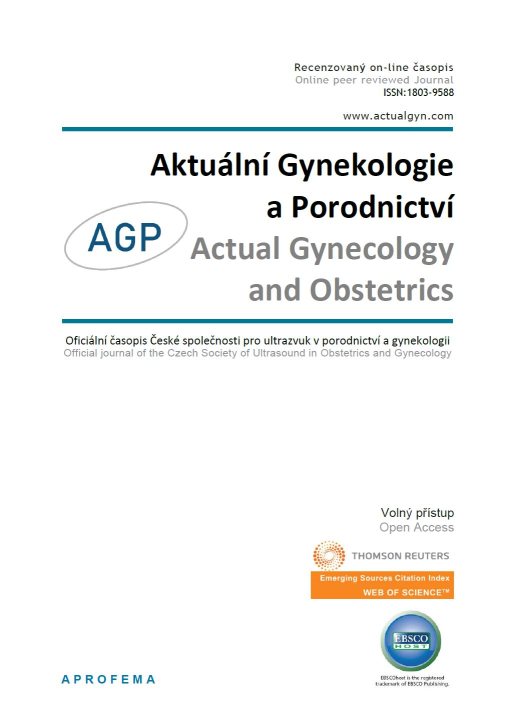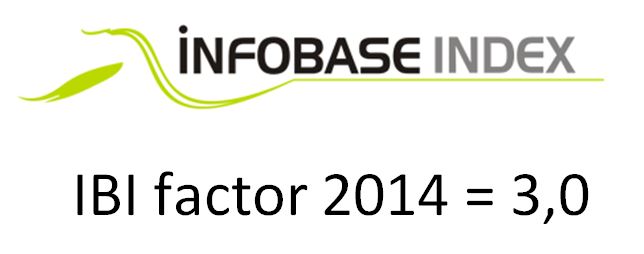











 Official publication of the Czech Society of Ultrasound in Obstetrics and Gynecology.
Official publication of the Czech Society of Ultrasound in Obstetrics and Gynecology.

The issue of thrombotic microangiopathy (TMA) represents, not only in obstetrics, a serious pathological condition that is associated with the formation of thromboses at the level of capillaries and arterioles due to endothelial damage and complement activation. It is accompanied by microangiopathic haemolytic anaemia (MAHA), thrombocytopenia and dysfunction of various organs. In addition, it is relatively often associated with secondary systemic changes in coagulation. TMAs comprise a very heterogeneous group of syndromes and conditions, where the final diagnosis is reached by sequential exclusion of the individual causes ('per exclusionem'). In obstetric practice, we most often encounter pregnant/parturient/pregnant women presenting with a picture of pre-eclampsia/HELLP syndrome (haemolysis, elevated liver enzymes, low platelets). This condition, otherwise well known to all obstetricians, includes the picture of MAHA (dynamic decrease in hemoglobin, increase in bilirubin, decrease in haptoglobin, presence of schistocytes in the peripheral blood smear), periportal hepatic ischemia (elevation of transaminases) and thrombocytopenia due to increased platelet aggregation in the damaged peripheral microcirculation. HELLP syndrome is also classified as a TMA, but should resolve spontaneously within approximately 48-72 hours after delivery. If this does not happen, it is very important to think about other causes of TMA, which often represent an even more serious threat to life than HELLP syndrome. A thorough knowledge of differential diagnosis is therefore very important. The issue therefore needs to be well understood by every provider of health care to pregnant women, which is why the team of authors presents it in the form of this recommended practice.